
The Future of Mobile Batteries
April 30, 2018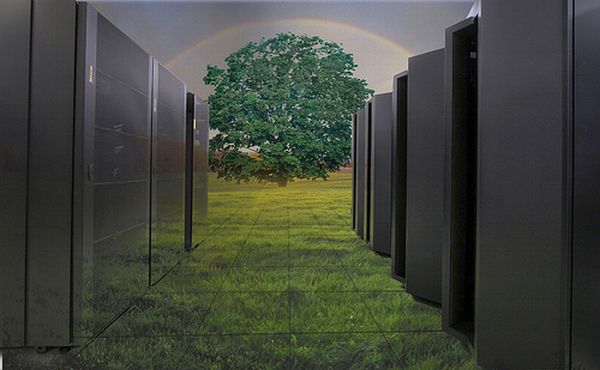
What Is the Environmental Impact of a Data Center?
May 3, 2018If we were discussing data centers in the past, the size of a data center mattered more than it does today. At one time, the bigger the space you consumed meant the more power you had. Today, a higher density plays a bigger role. Increasing the power consumption means each cabinet can provide the greater performance to those using them.
What Is a High-Density Data Center?
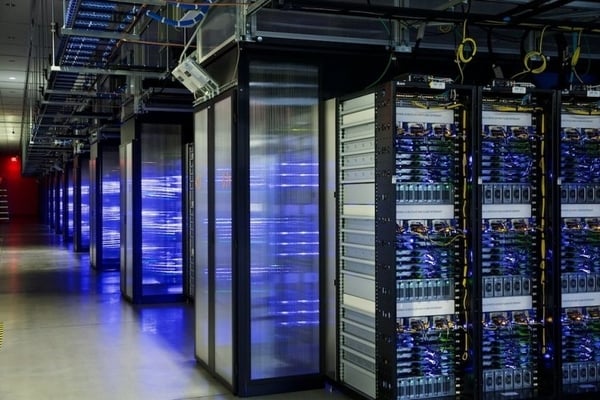
Kilowatts is how we measure the density per cabinet, and since 2016 a data center that uses more than 10 kW per cabinet is known as a high-density data center. There is also another way to measure data center density. This other way is by measuring how much energy is consumed per square foot of floor space. Typically, a high-density setup is one using more than 150 W per square foot.
Advantages of High-Density Data Centers
Data centers that use higher power in a compact setup can offer their clients a better deal. If a data center can pack more power into the same space – they can have more clients in the same space. This helps with the data center’s cost for buying or renting a building or space.
The efficiency of a high-density setup also lowers the overall cost of the data center. The more compact the data centers setup is – the easier it is to manage. This saves the data center time and money, which can also result in the client saving money as well.
Even though a high-density rack will consume more power and will need more cooling than a lower density rack, a client will need fewer racks if they use a high-density setup. This will save both parties money.
A high-density data center is the present and the future of data centers in many ways. The amount of data everyone uses today is vastly more than it was ten years ago, and the amount of data we will be using will only continue to grow. For a company to be able to keep up with storing this amount of data and also being able to afford the storage, they will need to use a data center with high-density capabilities. This also means that data centers need to make sure they need to upgrade to high-density racks if they haven’t already.
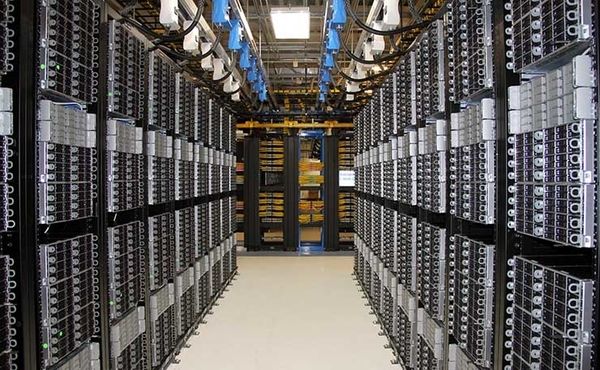
Disadvantages of High-Density Data Centers
High-density not only means more power, but it also means that the cabinets are also noticeably heavier. One of the disadvantages of this is the difficulty of moving cabinets. Another disadvantage of upgrading to a high-density setup is having to build a new rack setup that can support the cabinet. A lower density rack can weigh somewhere around 2,000 lbs., but a high-density rack can weigh somewhere around 3,500 lbs.
Another disadvantage of high-density is the added cost of extra power and extra cooling, which we discussed earlier. One of the ways operator’s deals with cooling is by spreading out the load of the cabinets to underpopulated areas of the racks. This solution is not the most efficient because it takes more room within the data center, which means they are not taking advantage of the space saving capabilities of a high-density setup.
Data Center Bandwidth
As a consumer of a dedicated server in Los Angeles, one of the biggest things one needs to consider for billing and pricing is bandwidth. Bandwidth usually indicates the possible speed the data can be delivered to the customer, but it can also mean how much data is transferred to and from the server within the billing cycle.
Many colocation providers will include a certain base amount of allowed data transfers per billing cycle, which is usually in the form of either allowed GBs per cycle or MB/s.
For example, if you were running anything between a 1U rack or a 4U rack a bandwidth of 5,000 GBs per billing cycle would be a good base amount of allowed data transfer to begin with. If you are looking into running a 21U or a ½ of a whole rack, a bandwidth of 50 Mb/s should be enough for most consumers. If you were looking into running 42U or a full rack, a dedicated bandwidth of 100 Mb/s would be a good setup to run.
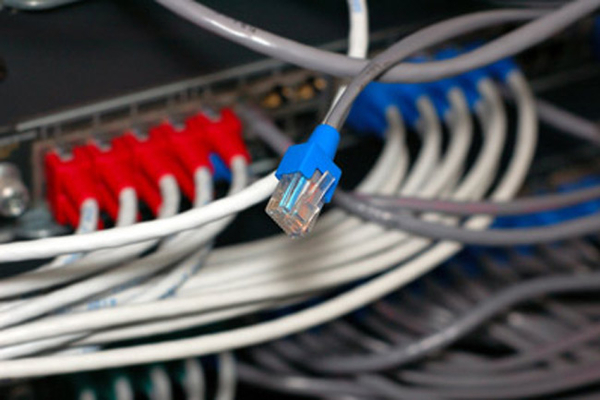
High-Density Is the Future
There are differing views of the future of high-density data centers. One of the main reasons for this is that with the advancements in technology, the definition of what high-density changes from year to year.
As of 2018, 10kw is becoming the new standard for many data centers. Some hyper-scale facilities are even incorporating 15 and 25 kW racks into their data center. A couple years ago, Vertiv, published an article that had experts predicting setups surpassing 50 kW per rack by 2025.
The way that the technology is always advancing just means that data centers need to keep up. What may be considered high-density today probably won’t be considered high-density in 2025. Can data centers keep up without completely rebuilding their data center from the ground up?
High-density requires an increased amount of power per cabinet, but it also means an increased amount of cooling as well. This can be a challenge for data centers that already have built-in cooling setups.
How to Deploy High-Density in Your Data Center
One of the benefits of high-density solutions is being able to upgrade without needing as much space as data centers needed in the past. High-density racks now make it feasible to use existing space and still upgrade without completely changing the whole infrastructure of the data center.
We will cover the idea of deploying high-density in your data center more in-depth in the next article of this series in our industry insights.
Conclusion
There are many benefits of a high-density data center for both the clients using the service and for the data center itself. After weighing out the advantages and disadvantages of a high-density data center, it seems evident that high-density is here to stay. When looking for a data center, one should make sure they look for one with capabilities of growth.
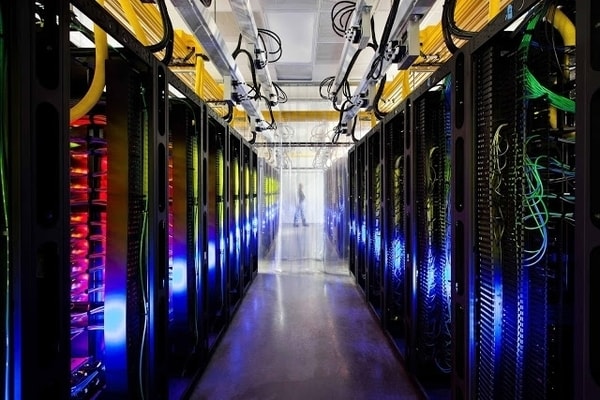

1 Comment
[…] The rise of IoT, machine learning and upcoming edge deployment scenarios (such as for self-driving cars and high-frequency trading) may imply higher compute densities which may even be outside the realms of even the most innovative air cooling (pumped refrigerant and rear-door cooling). HPC, Increased Consolidation and Virtualisation are also driving the demand for higher densities, taking us from <10kW to >35kW per rack and above. […]